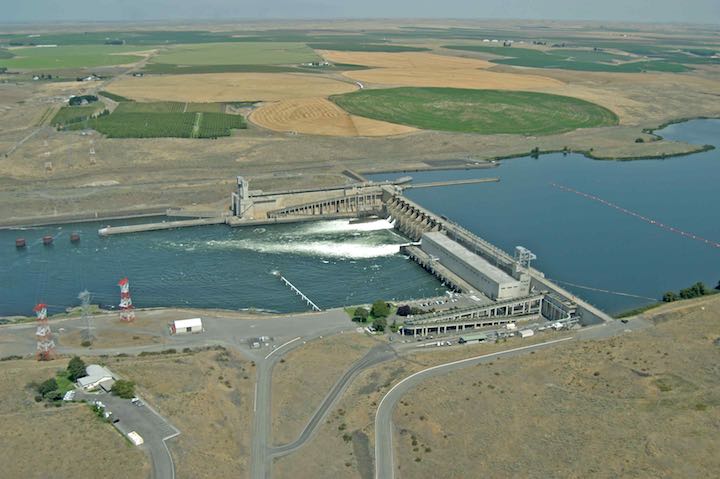forum
library
tutorial
contact

Dam Breaching Makes Sense
by Richard ScullyLewiston Tribune, January 21, 2021
|
the film forum library tutorial contact |

|
Dam Breaching Makes Senseby Richard ScullyLewiston Tribune, January 21, 2021 |
 What appears to be "common sense" often does not pan out. In the 1970s, it became clear that the recently constructed lower Snake River dams were killing Idaho's juvenile salmon and steelhead. The Bonneville Power Administration then built hatcheries to replace lost harvest and funded construction of barges to transport smolts to below Bonneville Dam.
What appears to be "common sense" often does not pan out. In the 1970s, it became clear that the recently constructed lower Snake River dams were killing Idaho's juvenile salmon and steelhead. The Bonneville Power Administration then built hatcheries to replace lost harvest and funded construction of barges to transport smolts to below Bonneville Dam.
In the 1980s, 85 to 90 percent of Snake River smolts were captured and transported. The result? In the 1990s, Snake River sockeye were listed as endangered, and steelhead and spring, summer and fall chinook were listed as threatened. They remain so today.
The "common sense" measure of barging did not prevent the decline of Snake River salmon and steelhead caused by the lower Snake River dams.
Barging and other means to improve smolt survival have been studied by the Fish Passage Center for 40 years. The stress of passing through a turbine bypass system to be collected for barging reduces smolt survival by 9 to 13 percent. Additionally, adult salmon and steelhead barged as juveniles migrate upriver slower, stray more and fall back over dams more often than do adults from non-transported juveniles. Smolt barging has continued, but it is part of a spread-the-risk approach, along with spill.
Common sense to me, and many others, including Idaho Rep. Mike Simpson, is that Idaho salmon and steelhead need a river.
Breach the lower Snake River dams and Fish Passage Center studies have determined smolt survival will increase dramatically. Our salmon and steelhead will recover.
Related Pages:
Carbon Sequestration a Comment and the Federal Response in the CRSO EIS process, 2019-2020.
learn more on topics covered in the film
see the video
read the script
learn the songs
discussion forum
